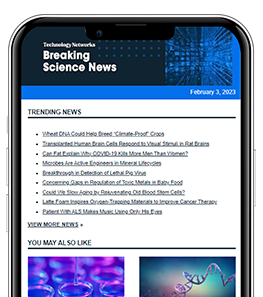Latest App Notes & Case Studies
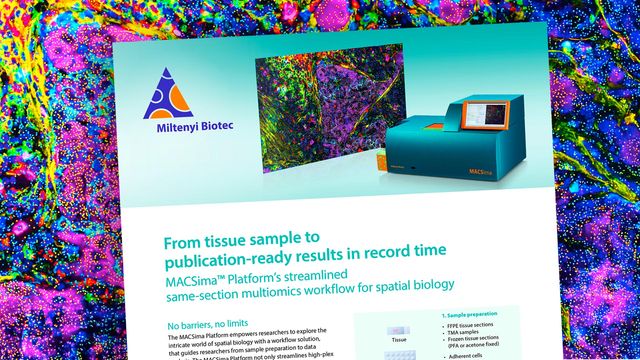
App Note / Case Study
Accelerate Your Multiomics Spatial Biology Research
Explore how this platform eliminate barriers to spatial biology research, empowering scientists to achieve publication-ready results in record time without compromising on experimental flexibility.
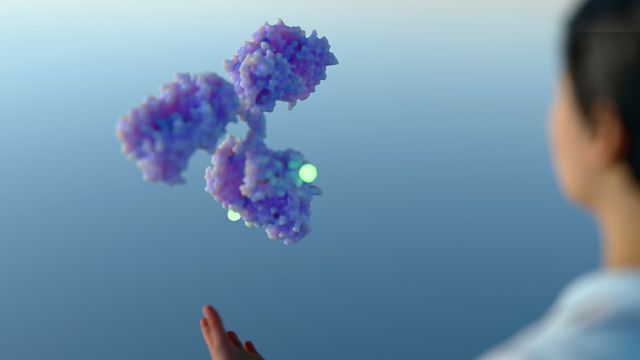
App Note / Case Study
3D Tumor Models for More Predictive ADC Drug Development
This application note demonstrates a novel workflow for comprehensive ADC evaluation in 3D tumor spheroid models, offering deeper insights into drug function and cellular response.
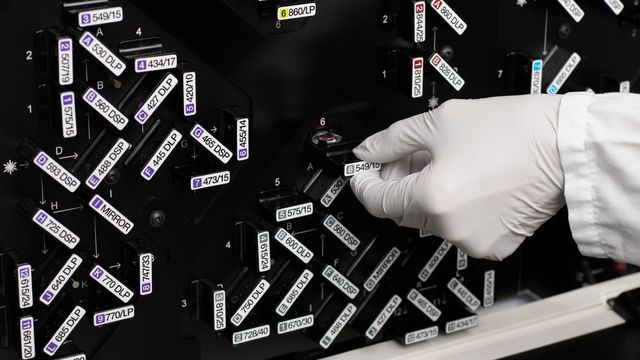
App Note / Case Study
Optimized Flow Cytometry for Natural Killer Cell Analysis
This application note explores an innovative spectral flow cytometry method optimized for NK cell characterization.
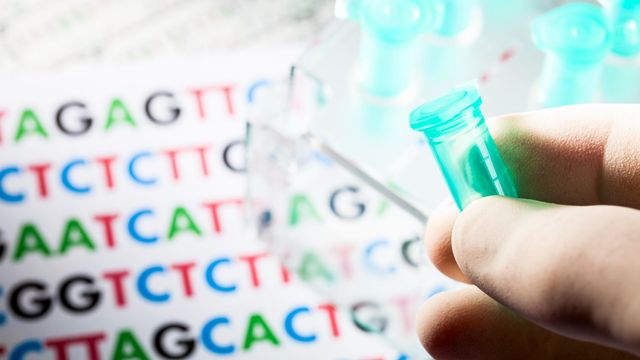
App Note / Case Study
Optimize cfDNA Sequencing Using Highly Sensitive Next-Gen Assays
This application note provides data-driven insights for optimizing cfDNA workflows, from initial sample input to final sequencing parameters.
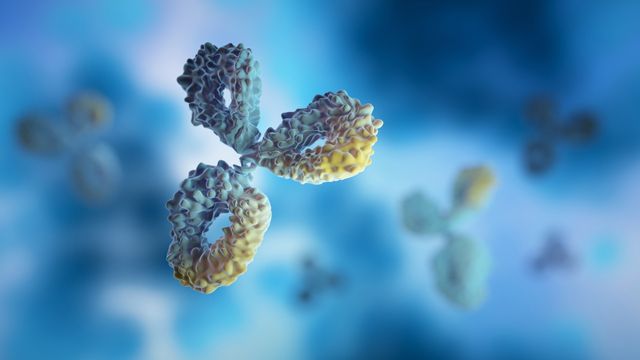
App Note / Case Study
Streamlining the Analysis of Free Drug Content in ADCs
This application note presents a method that integrates protein elimination and free drug identification into one analysis using a two-dimensional liquid chromatography/quadrupole time-of-flight mass spectrometry (2D-LC/Q-TOF) approach.
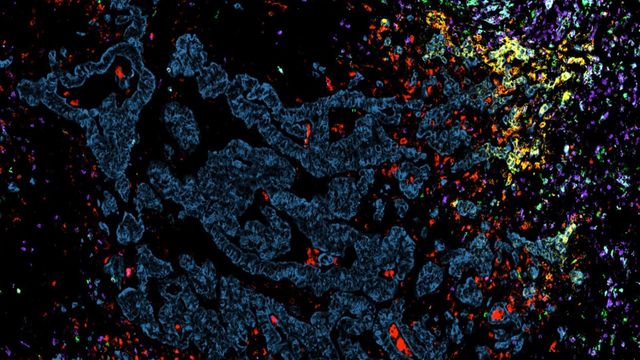
App Note / Case Study
Uncovering the Role of T Cells in Cancer With Spatial Biology
This application focus explores how high-plex spatial profiling can be applied to better understand the role of T cells in cancer immune surveillance and how cancers evade the immune system.
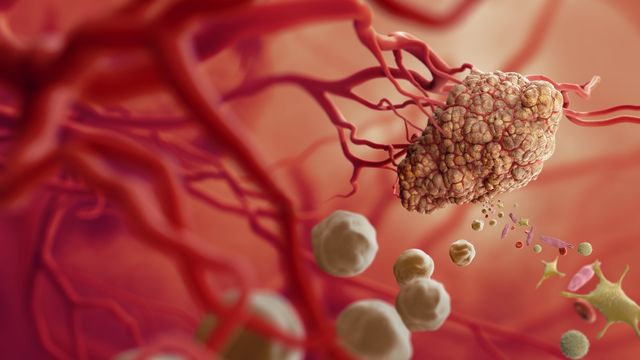
App Note / Case Study
Optimized Culturing To Model the Tumor Microenvironment
This application note explores optimized culturing conditions for precision-cut slices (PCS) of non-small cell lung carcinoma, demonstrating how carefully tailored media support robust, stress-free tumor models for reliable research outcomes.

App Note / Case Study
Unlock Brain Tumor Insights With Imaging Mass Cytometry
This application focus explores how IMC can be applied to identify major cell populations that make up mouse brain matter.

App Note / Case Study
Advancing Proteomics Research Using Trapped Ion Mobility Spectrometry
This case study explores how TIMS is driving innovation in proteomics, enabling breakthroughs in biological research and clinical applications.
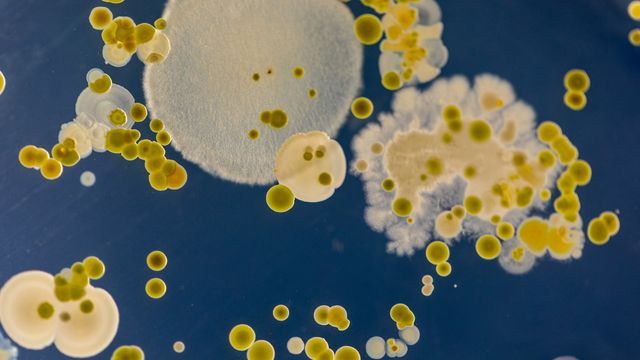
App Note / Case Study
Improving Colony Formation Analysis With Automation
Quantitative microscopy using a cell imaging reader allows for automated colony formation analysis, enabling increased throughput and improved accuracy and reliability of results.
Advertisement

